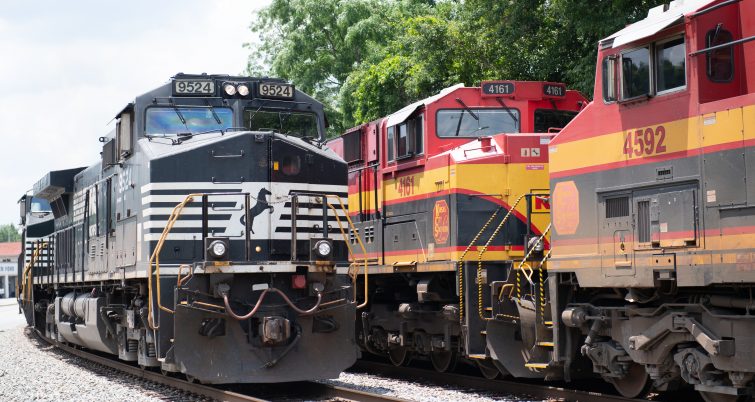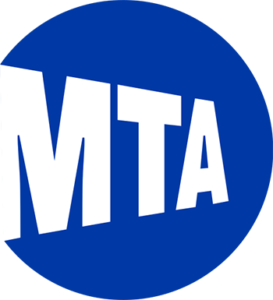GAO PTC report – update
Written by David C. Lester, Editor-in-Chief
RT&S reported Thursday (Aug. 1) that the Government Accounting Office (GAO) released a statement saying that while the railroads are making good progress on the installation of Positive Train Control (PTC) on their individual lines, much work remains to be done to achieve interoperability.
The GAO has released the full report on its audit of PTC progress and provides more detail than the original statement. For example, the report says that Federal Railroad Administration (FRA) officials report that “interoperability challenges also differ across PTC systems and geographic areas.” The report compares PTC issues in the Northeast Corridor with those in the Chicago metropolitan area. Railroads in the Northeast Corridor, including Amtrak, use what’s known as the Advanced Civil Speed Enforcement System (ACSES) while most railroads in Chicago (as well as in most of the United States) are using the Interoperable Electronic Train Management System (I-ETMS).
The report points out the Northeast Corridor hosts more than a dozen railroads subject to PTC requirements, and the corridor runs from Washington, D.C. to Boston, Massachusetts. “Eight commuter roads, Amtrak, and most freight railroads are implementing a form of the ACSES system on at least a portion of their equipment and track. In some cases, railroads in the Northeast will be operating two different PTC systems concurrently on the same track, which will add to the complexity of interoperability, according to the FRA,” the report says.
According to the GAO report, interoperability challenges on the Northeast Corridor include:
- Software issues – software is being developed by multiple vendors and has been developed to accommodate railroads’ existing systems that have different configurations. FRA officials point out that ACSES does not have a common set of requirements or specifications.
- Boundary issues – a train needs to seamlessly operate PTC when it crosses the boundary between two railroads’ territories. According to a rail industry association, as of June 2019, there are about 20 boundaries on the Northeast Corridor where more work is needed to ensure seamless operation.
- Securing PTC wireless communication – FRA requires PTC wireless railroad communications to be encrypted. However, a solution for encrypting PTC wireless communication and data transmittal among railroads operating in the Northeast Corridor is currently in lab development. The development of this solution has been challenging, and Amtrak currently estimates that it will implement the solution by January 2020. Several risks and challenges must be overcome, however, for this deadline to be met.
According to the GAO report, interoperability challenges in the Chicago Area are generated primarily by dense traffic. Specific challenges include:
- Software issues – according to the FRA and railroads in the area, software issues have slowed interoperability work by railroads implementing I-ETMS. The underlying problem is the memory available on the locomotive equipment, which is needed to restore its railroad’s track data. To be interoperable, the locomotive equipment also needs to store and exchange multiple railroads’ track data, causing the memory to fill up very quickly. According to railroad representatives, memory limitations for I-ETMS locomotive equipment prohibited railroads with large track data files – mainly the Class I freight railroads – from being able to interoperate. Railroads interviewed by the GAO reported the software vendor delivered an interim software solution that allowed the four largest Class I railroads to achieve interoperability. However, the software was delivered seven months later than originally planned, and an additional software solution is still needed to allow the locomotive equipment’s memory to store the data of all railroads operating I-ETMS, according to representatives from two railroads and an industry association interviewed by the GAO.
- Other technical issues – as additional railroads test interoperability with other roads, the roads must continuously monitor the communications capacity. For example, railroads may have to re-engineer their radio networks, such as re-routing certain communications through different radio towers and other network connections, if issues are subsequently identified.
- Scheduling interoperability work with other railroads – the number of players in the Chicago railroad scene complicates the ability of roads to schedule interoperability testing sessions. Chicago is the busiest railroad hub in North America and handles one-fourth of the nations freight rail traffic. Nearly 500 freight trains and over 700 passenger trains travel through the area owned by several different railroads every day. The FRA reports that work to achieve interoperability in Chicago will ramp up in late 2019 or early 2020, but the complexity of the work will strain all resources involved.
For the complete report, go to www.gao.gov.
For the latest news, go to rtands.com.





